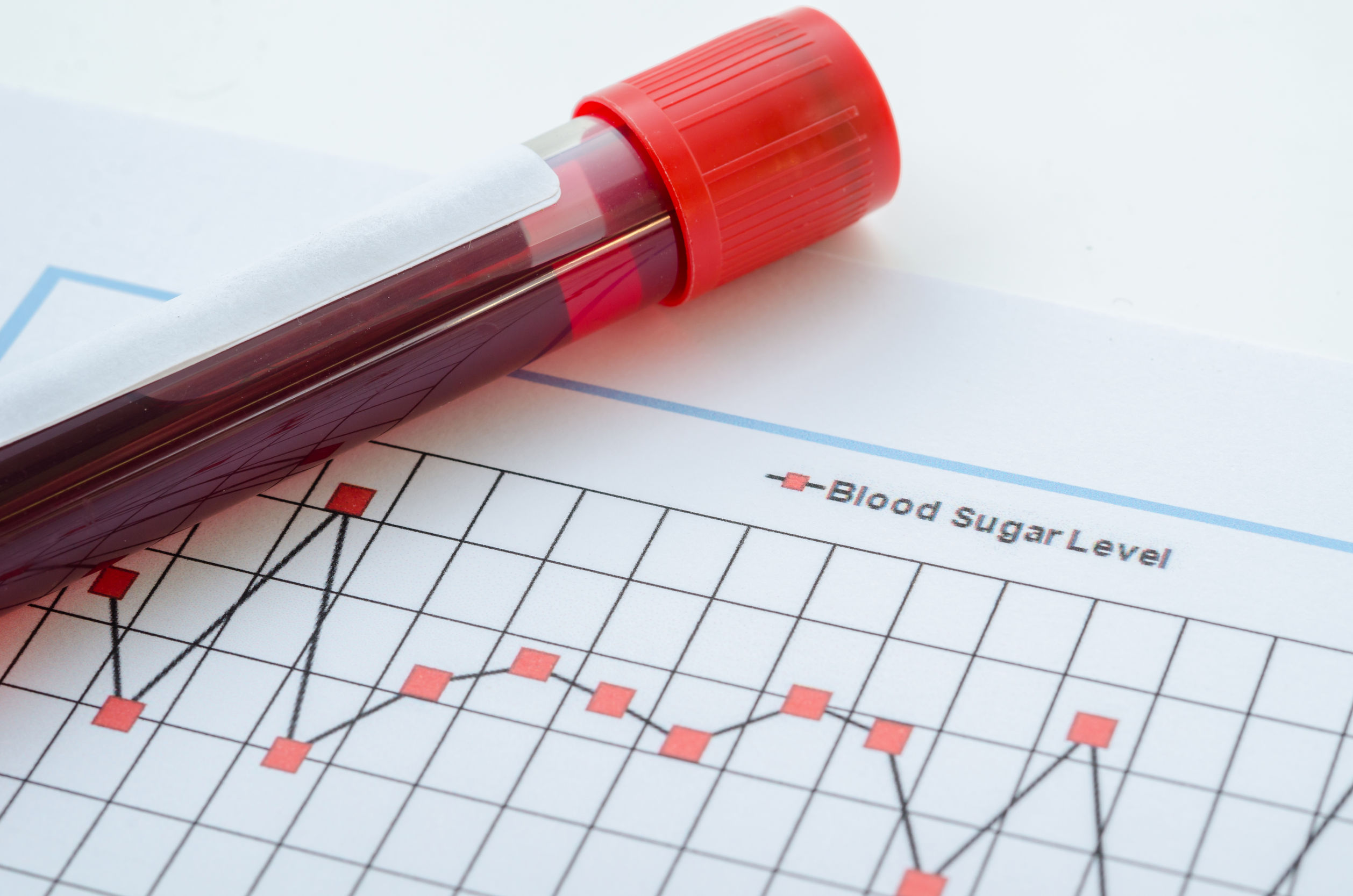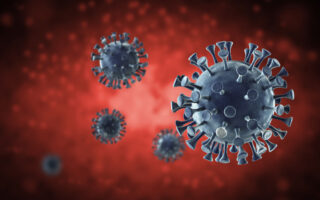Immunohistochemistry (IHC) is a useful tool for immunophenotyping because it enables the visualization of immune system cells in context of their tissue environment. This post examines IHC in relation to other immunophenotyping tools and highlights the challenges of interspecies interpretation of IHC from toxicological pathology during early drug or preclinical development.
Immunohistochemistry: a useful tool for immunophenotyping
Immunophenotyping (IP) is the process of identifying and characterizing cell subsets on the basis of different types of markers or antigens expressed
- on the cell surface,
- in the cytoplasm,
- or in the nucleus.
IP refers to a technique or a test that utilizes antibodies that specifically recognize different antigens.
There are three main immunophenotyping techniques:
- IHC
- immunofluorescence (IF)
- flow cytometry (FC)
IP is fundamental for the diagnosis, classification, and follow-up of hematological malignancies and immunodeficiencies, and the monitoring of immune system disorders, such as autoimmune diseases.
More recently, monoclonal antibodies (mAbs) recognizing CD molecules (CD is an abbreviation for the non-descriptive ‘cluster of differentiation’ number used to identify immune cells) have been established as invaluable tools for the treatment of cancer and autoimmune diseases.
Development and testing of such therapeutics rely on accurate knowledge of the expression and function of the target molecule.1

Figure 1: Nonhuman primate tonsil, FFPE. Serial Sections. Dual IHC (upper left) & IF (upper right); single IF (lower images).
T cells are CD3+ (red on the IHC and IF images), B cells are CD20+ (Brown on the IHC and Green on the IF images)
Immunohistochemistry is one of three complementary immunophenotyping techniques
FC has become the method of choice for leukocytes that are in suspension in whole blood, or in isolated peripheral blood mononuclear cells (PBMCs), or from dissociated lymphoid tissues. For tissue-resident cells, though, IHC and IF are commonly used immunomorphological methods performed during routine pathology.2-4
Flow cytometry IP offers sensitive detection of antigens for which antibodies may not be available for IHC/IF. However, IHC offers preservation of architecture, the ability to detect a relatively low number of cells (including neoplastic) and the evaluation of expression of some proteins, which may not be available by FC.
However these techniques are all complementary to each other. Each technique provides more detailed information about the morphology of the immune system that may be used to direct additional and more specific assays to look for alterations in immune function.3,5
Key features of immunophenotyping techniques
IHC & IF
FC
- Used for tissue-resident cells because it is performed on tissue sections and evaluated by a pathologist using a microscope
- Tissue architecture is preserved
- Can detect low cell numbers
- Can be performed on formalin fixed paraffin embedded samples collected for routine hematoxylin and eosin (H&E) (an advantage when IP is a need identified only when the study is over)
- Occasionally antibodies may be available for IHC/IF that are not available for FC
- Performed by Specialty Pathology Services (SPS) under the Anatomic Pathology umbrella at Covance
- Method of choice for whole blood, PBMCs or dissociated lymphoid tissues
- Uses a flow cytometer that produces quantitative data
- Requires fresh collections (samples have limited stability)
- Occasionally antibodies may be available for FC that are not available for IHC/IF
- Performed by the Immunology & Immunotoxicology (I&I) department at Covance
Challenges in the application of immunohistochemistry and other immunophenotyping techniques across species
One of the challenges with IHC and other IP tools is that a straight read across techniques from preclinical animal studies to early development human studies may not be possible because of the differences in CD classification between species.
To understand this more fully, let’s look at CD numbering and classification in more detail.
CD numbers describe the surface molecules expressed on cells
CD molecules are surface molecules expressed on cells of the immune system that play key roles in immune cell to cell communication and sensing the microenvironment. Cells are defined by the presence (+) or absence (-) of the antigen or the binding of the antibody. These CD molecules are essential markers for the identification and isolation of leukocytes and lymphocyte subsets. IP, including IHC, heavily relies on a library of the cell surface molecules identified by CD number antigens and their expression patterns.
Human CD numbers are universally adopted
Human Cell Differentiation Molecules (HCDM) is an organization that runs Human Leucocyte Differentiation Antigens (HLDA) workshops that name and characterize CD molecules.6
The purpose of the CD nomenclature is to provide consistency and uniformity when referring to identical molecules and antibodies binding to the same antigen. Each antigen is matched to a unique CD number. The CD number is assigned to a group or cluster of mAbs that recognize a molecule expressed on the surface of human leukocytes and other cells relevant to the immune system. Currently (as of 2020) CD markers range from CD1 to CD371.1,6,7
The CD nomenclature has been universally adopted by the scientific community, officially approved by the International Union of Immunological Societies (IUIS) and sanctioned by the World Health Organization (WHO). Its usage has now evolved and is also commonly used to name the molecules themselves. For example, CD123 is the official name of a marker for plasmacytoid dendritic cells that has approximately six historical names: IL3R, IL3RAY, IL3RX, IL3RY, MGC34174, and hIL-3Ra. Having one name makes communication, research and reporting much more straightforward.
Beware: human CD numbers are not always relevant to animal species
There is no organization overseeing animal CD numbers, however, which makes choosing appropriate CD marker antibodies for research model studies more challenging.
Nonclinical research studies use several animal species including rodents (mice, rats, rabbits, guinea pigs), nonhuman primates (NHPs), dogs, and pigs; however, only a few species are routinely used for IP in toxicity studies (e.g. mice, rats, and NHPs). If a molecule is highly conserved across species and shares high homology with its human orthologue, there is a greater chance that suitable antibodies will be identified.
For example, CD14 is a macrophage marker widely used to detect macrophages in human tissue; yet, it is not suitable for use in animal models. In contrast, CD68 is a macrophage marker in humans, NHPs, rats, mice and dogs. However, the same CD68 antibody may not work as well in all animal species. For example, an antibody clone may work well in NHP, but not in mouse, and vice versa, yet all antibodies are named CD68.
The effective use of IHC methodologies that are relevant and relatable across species needs careful consideration of this complexity and thorough testing as part of IHC method development.
Cross-reactive antibodies are not always available, so it is critical to engage with experts who are able to research the cellular distribution of the antigens and interpret relevance of human IP data in nonclinical species.
Antigens have been categorized into three groups based on corresponding antibody binding characteristics and cell distribution information:
- CDs for which both antibody reactivity and cellular distribution are consistent with human antigens. For example, many anti-human antibodies (CD3, CD4, CD8, CD20, CD45 etc.) react with NHP antigens, which correspond to human antigens.
- CDs for which an antibody binds to the same antigen, but expression in various cell subsets is inconsistent between species. For example, CD20 is a signature B cell differentiation antigen in human and NHPs, but in rats a more suitable B cell marker is CD45A, and in dogs and minipigs it is CD21, while in mice it is CD19
- Antibody staining that appears extremely dim or negative on nonhuman leukocytes in comparison to human leukocytes. For example, CD19 is often used to define human B cells, but is suboptimal for defining NHP B lymphocytes due to reduced cross-reactivity and different expression patterns
These considerations must be taken into account when making interspecies comparisons and for markers that don’t entirely agree between species. Specific characterization of the IP for the species of interest is imperative.4
Using immunophenotyping and immunohistochemistry in toxicology studies
Basic IP of tissue cells used in toxicology studies identifies T cells, B cells, natural killer (TBNK) and myeloid cells (granulocytes and monocytes) in various species.
The table below lists some examples of the cells which can be determined through CD markers via IHC across our Covance labs worldwide.
| Immune Cells (CD45*) | Species | ||||||
|---|---|---|---|---|---|---|---|
| NHP | Mouse | Rat | Porcine | Canine | Human | ||
| Lymphoid | T lymphocytes | CD3, CD4, CD8, CD16, CD278 | CD3, CD4, CD8 | CD3, CD8 | CD3, CD8 | CD3, CD4, CD8 | CD3, CD4, CD8 |
| B lymphocytes | CD19, CD20, CD21, CD79a, CD138 | CD19, CD20, CD79a, CD45R | CD79a | CD79a | CD20 | CD20 | |
| NK cells | CD8, CD16 | CD8 | CD8 | CD8 | CD8 | CD8 | |
| Myeloid (Macrophages, Dendritic cells, Mast cells, Granulocytes) | CD68, CD4, CD16, CD123, CD205, CD207, CD209, CD303 | CD68, F4/80, CD4, CD117 | CD68 | CD4 | CD68, CD66b, CD4 | ||
* Validated only in NHP
Table 1: IHC CD markers in common use within Covance.
As well as identifying the cell types listed above, further subtyping can also be carried out, for example helper T cells or cytotoxic T cells can be resolved. Subtyping via IHC however requires complex multiplexing or use of a variety of single stains on serial sections.
Conclusions
The application of immunohistochemistry in toxicologic pathology allows discernment of subsets of cells within a tissue section. Differentiation of subsets is based on the expression of one or more unique antigen markers by those cells. The morphology of the tissue is conserved allowing the association of individual cell type to alterations in the tissue in which the cells reside. The added benefit of IHC over standard H&E staining is the ability to separate subpopulations of cells with similar morphologies and quantify the relative differences between treatment groups.3 It also allows the visualization of structures not visible on H&E sections e.g. microglia which are a specialized population of macrophage-like cells in the central nervous system.
IHC is therefore a critical immunophenotyping tool that can answer a number of additional toxicological questions for drugs in development.
For example, IHC can be used to:
- characterize immune cells and evaluate the relationships of these cells with surrounding structures e.g. tumors
- determine the specific location of a protein in a tissue sample i.e. in situ proteomics
- detect and measure cell proliferation
- assess on or off target binding of an antibody drug
- track human stem cells xenotransplanted into animal models in order to study their fate
Read more about the immunohistochemistry services.
References
- Kalina T, Fišer K, Pérez-Andrés M, Kuzílková D, Cuenca M, Bartol SJW, Blanco E, Engel P, van Zelm MC. CD maps-dynamic profiling of CD1-CD100 surface expression on human leukocyte and lymphocyte subsets. Front Immunol. 2019;10:2434. doi: 10.3389/fimmu.2019.02434.
- Denk H, Syre G, Weirich E. Immunomorphologic methods in routine pathology. Application of immunofluorescence and the unlabeled antibody-enzyme (peroxidase-antiperoxidase) technique to formalin fixed paraffin embedded kidney biopsies. Beitr Pathol. 1977;160(2),187-194.
- Lappin PB, Black LE. Immune modulator studies in primates: the utility of flow cytometry and immunohistochemistry in the identification and characterization of immunotoxicity. Toxicol Pathol. 2003;31 Suppl:111-8. doi: 10.1080/01926230390174986.
- Wang X, Lebrec H. Immunophenotyping: application to safety assessment. Toxicol Pathol. 2017;45(7):1004-1011. doi: 10.1177/0192623317736742.
- Dunphy CH. Applications of flow cytometry and immunohistochemistry to diagnostic hematopathology. Arch Pathol Lab Med. 2004;128(9):1004-22. doi: 10.1043/1543-2165(2004)128<1004:AOFCAI>2.0.CO;2.
- Human Cell Differentiation Molecules. Available at: hcdm.org. Accessed August 2020.
- Clark G, Stockinger H, Balderas R, van Zelm MC, Zola H, Hart D, Engel P. Nomenclature of CD molecules from the tenth human leucocyte differentiation antigen workshop. Clin Transl Immunology. 2016;5(1):e57. doi: 10.1038/cti.2015.38.
Abbreviations
- CD: cluster of differentiation
- FC: flow cytometry
- H&E: hematoxylin and eosin
- HLDA: Human Leucocyte Differentiation Antigens
- HCDM: Human Cell Differentiation Molecules
- IF: immunofluorescence
- IHC: immunohistochemistry
- I&I: Immunology & Immunotoxicology
- IP: Immunophenotyping
- mAb: monoclonal antibody
- NK: natural killer
- NHP: nonhuman primates
- PBMC: peripheral blood mononuclear cell
- SPS: Specialty Pathology Services
- WHO: World Health Organization











